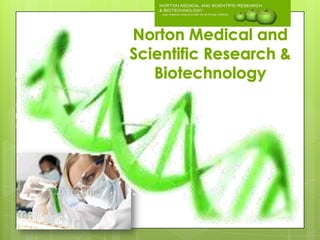
First ever digital model of an entire organism created
- 2. First Ever Digital Model of an Entire Organism Created Scientists from J. Craig Venter Institute and Stanford University have successfully built a computational model of an entire organism in computer software -- for the first time ever. This incredible feat will provide the bioengineering researchers a global analysis of the allocation and use of energy in the cell along with identifying usual molecular pathologies behind single- gene disruption characteristics. The simulation of an organism will undoubtedly help researchers in better understanding biology, cells in particular. Moreover, it could aid in speeding up research or permitting a test that will not be possible in actual conditions. According to the team's lead scientist, «If you use a model to guide your experiments, you're going to discover things faster. We've shown that time and time again.»
- 3. The scientists used data from more than 900 scientific papers written about the bacterium that covered all molecular processes taking place within the organism's lifecycle. Grouped into 28 different modules are the resulting 1,900 resulting parameters. Modules are responsible for their respective biological process and is controlled by its own algorithm. Moreover, modules can communicate amongst each other, replicating the actual processes inside the living bacterium. The reason for choosing the M. genitalium as the subject is because of its size -- it has the smallest known genome (with 521 genes in a circular chromosome of almost 583,000 base pairs) among any free-living organism that can constitute a cell. It is also the second-smallest bacterium, next to the more conventional lab bacterium E. coli. already when you consider that it is a very tiny organism.
- 4. In order to simulate just one cell division, a cluster of 128 computer units running for 10 hours were used to generate the data on 25 types of molecules involved in the cell's life cycle. The resulting data amounts to 500Mb, which could not look like much but is actually very big already when you consider that it is a very tiny organism. «Right now, running a simulation for a single cell to divide only one time takes around 10 hours and generates half a gigabyte of data. I find this fact completely fascinating, because I don't know that anyone has ever asked how much data a living thing truly